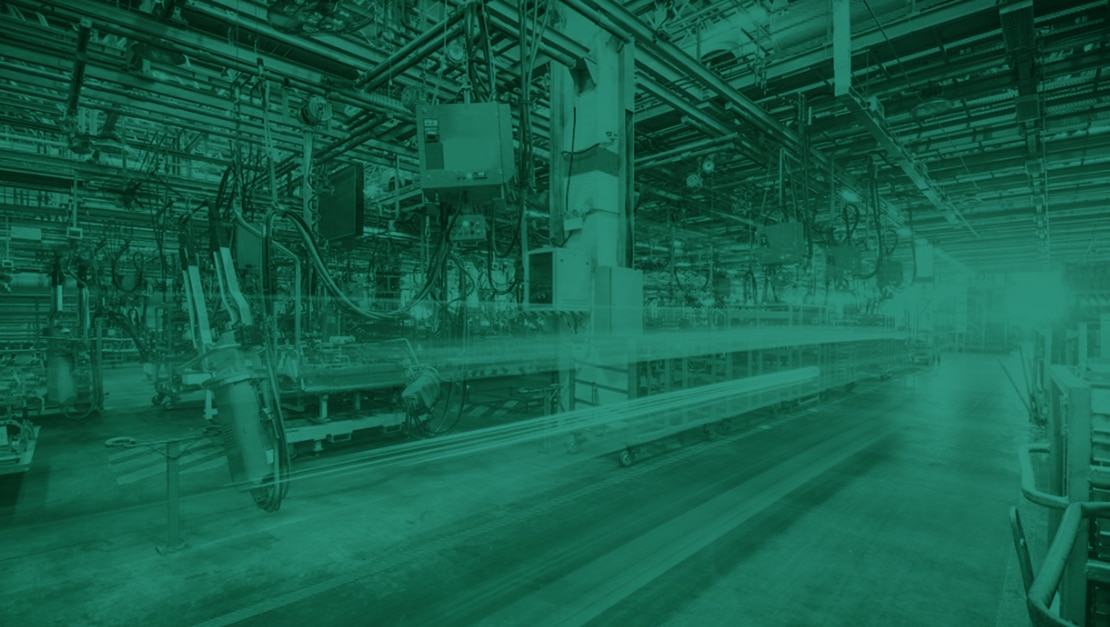Per a Deloitte survey, manufacturing is the foremost industry when it comes to data generation. With an industry that requires and generates so much data, as well as deals with so many moving pieces and people, it’s clear to see why 90% of manufacturers use AI.
Over the years, manufacturing and AI has progressed from basic automation solutions to more in-depth intelligence with the aid of machine learning and adaptive systems. With AI, manufacturers are able to be more productive, collaborative, safe, and agile.
We’re going to look at what to expect from AI in manufacturing, its various use cases, and best practices to implement AI in your manufacturing business
What is AI in Manufacturing?
AI in manufacturing is the application of machines and technological intelligence to execute tasks that would otherwise require human intervention. Given the machine’s capabilities to leverage data and predict patterns, AI in manufacturing can autonomously anticipate events even before they occur.
Rather than replacing human intellect and action, AI in manufacturing is able to augment capabilities, offering solutions for: quality control, analytics, predictive maintenance, automation, and more. All of AI’s applications are proven to optimize operations.
How is AI applied in manufacturing?
AI-generated data and analytics systems can help manufacturers identify trends, predict demand, and optimize production schedules. These changes can help teams work more efficiently and boost production and innovation.
Going over large quantities of data is labor-intensive for employees, and it would be almost impossible for them to glean meaningful insights properly. With AI, teams can save time, improve accuracy, improve collaboration, and enhance safety.
To understand what AI in manufacturing looks like in practice, we’re going to dive into some key examples below.
AI in Manufacturing Examples
AI has influenced how modern manufacturing plants operate. By leveraging a few key AI technologies, manufacturing companies can completely change the way they work, removing the burden of manual tasks from employees, while simultaneously making operations safer and more efficient.
Let’s look at common AI in manufacturing use cases:
Machine Learning (ML)
Machine learning uses vast data sets to identify patterns, learn from data, and even make intelligent decisions. Machine learning algorithms play a central role in manufacturing applications today, often used in quality control, predictive maintenance, forecasting, and even production optimization. With this technology, manufacturers can make meaningful improvements to their processes, and as the ML adapts, it can make even stronger enhancements and further reduce downtime.
Computer Vision
Computer vision uses visual data to make interpretations and decisions. When used in manufacturing, it can work together with ML to further improve quality control and detect defects or out-of-place objects. Additionally, computer vision can be used to inspect items on a production line to ensure they adhere to quality standards, adding an extra level of security to manufacturing lines.
Robotics and Automation
Robots have long been used in manufacturing, but when paired with AI, they have the ability to accomplish a lot more than simply putting materials together. AI-powered robotics and automations can perform a range of tasks, from handling and assembling raw materials and more complex tasks requiring a high level of precision. AI also allows these systems to adapt to their environments, collaborate with humans, and automate tasks that would otherwise be repetitive. As a result, employees are able to focus on quality and productivity while robotics handles physical manufacturing.
Natural Language Processing (NLP)
NLP systems empower machines with a deeper level of understanding, enabling them to interpret language almost as a human would. When applied to manufacturing, NLP can allow for smoother communication between man and machine, including voice-activated controls and the analysis of textual and vocal data to gain deeper insights into manufacturing processes. Additionally, some systems using NLP technology, as we’ll see later with aiOla, allow for more efficient maintenance and inspections using only the power of voice.
Applications of AI in Manufacturing Processes
No matter what product is being manufactured, certain processes are essential to every operation. Some of these processes add value, while others protect the product’s value by ensuring it’s up to standard. What’s clear is that AI in manufacturing is on pace to grow dramatically. It’s estimated that by 2032, the manufacturing’s AI market is expected to grow from $5 million to $68.3 million, representing a remarkable growth.
Let’s take a look at where AI in manufacturing truly shines:
1. Predictive Maintenance
Maintenance is critical to ensure every element of a manufacturing chain and machinery is running as intended. Through the use of AI, this inspection process can be made a lot more efficient and reduce the amount of manual verifications needed. ML models can predict when machinery is likely to fail based on AI algorithms, alerting teams to perform maintenance before any disruption to operations. AI-driven predictive maintenance ensures overall equipment efficiency. It also works to make operations more cost effective.
2. Quality Control and Defect Detection
Detecting defects early on is critical for successful manufacturing. AI can be applied for quality control, thanks to the help of technologies like computer vision.With AI, the quality control procedure can be largely automated using image recognition algorithms to detect anomalies with greater accuracy than humans alone. Since AI systems can process huge amounts of data very quickly, AI speeds up quality control inspections while also minimizing risks related to human error. For example, in the food manufacturing industry, AI is used to boost quality assurance by automating inspections, verifying the safety of ingredients, and monitoring stored food products.
3. Automated Production
AI helps transform traditional manufacturing systems into ones that are both smart and adaptive. Through ML, workflows can be optimized through the use of data, adjusting for different factors in real time. Guided by AI, robotics can execute tasks with a high level of precision, automating manufacturing line tasks to increase productivity. Since these systems learn through data, they are also highly adaptable, meaning AI can often self-learn to make automation processes dynamic in a changing manufacturing environment.
4. Supply Chain Optimization
Supply chain management is critical to a successful manufacturing process, and any disruptions to it can cause heavy delays and even a dent in a company’s reputation. AI has changed the way manufacturers approach supply chain optimization, with the use of tools like predictive analytics to forecast demand and improve inventory management. . With AI at the helm of supply chain optimization, manufacturers can make smarter decisions in real time that correspond more accurately to demand, logistics, and supplier needs.
AI Manufacturing’s Benefits
The advantages of using AI extend far beyond its ability to reduce the reliance on manual and repetitive tasks. While this does make all the difference in manufacturing, it’s not the only reason to apply AI to various stages within the manufacturing process..
Here are a few of the stand out benefits of using AI in manufacturing:
Increased efficiency and productivity
AI automation is significantly improving efficiency and productivity in manufacturing. While previous automations in this field were still making procedures more productive, they weren’t as adaptable until AI entered the picture. AI in manufacturing allows machines to operate autonomously, giving them the ability to adapt to new conditions or changes. In turn, this new adaptability improves production by minimizing downtime and offering employees more time to focus on complex and strategic tasks. According to McKinsey, AI and other emerging Industry 4.0 technologies are helping companies reduce downtime by 30 to 50%.
One prominent example of how AI is making manufacturing more efficient is how it’s used for predictive maintenance. By analyzing historical data and looking at trends from real-time sensors, AI can predict when equipment is likely to fail and schedule maintenance proactively. Not only does this help companies avoid downtime, but it optimizes production schedules and saves costs related to a lack of production and disruption for maintenance.
Improved quality control
AI technologies make detecting defects in a production line easier by using machine vision systems. These systems rely on AI algorithms to analyze visuals of manufacturing in real time, enabling quick and accurate detection of defects or abnormalities that human inspectors might miss. For example, BMW has employed an AI-powered robot in its South Carolina plant that can identify issues and flag them for humans to fix, improving the overall quality of vehicles that are shipped out.
Not only that, but AI can continuously improve its detection capabilities over time by studying different images to become more accurate. Machine vision and other AI-powered quality control systems help manufacturers reduce the number of defective products that reach the market, ensuring a higher level of quality control, reducing costs related to recalls, and improving customer satisfaction.
Supply Chain Optimization
Supply chain management is also positively affected by the introduction of AI to manufacturing practices. By enabling smarter forecasting, decision-making, inventory management, and logistics, AI can reduce inefficiencies in a supply chain. Through analyzing huge quantities of data including market trends and sales data, demand can be predicted more accurately. In turn, this helps reduce excess inventory, minimize wastefulness, and improve product availability.
AI in logistics also helps companies optimize delivery routes, schedule shipments, and manage warehouse operations effectively. By creating a more agile supply chain all around, manufacturers are in a better position to adapt to evolving market conditions, which also helps improve customer satisfaction and reduce costs related to wasted resources while remaining competitive.
Enhanced Safety Measures
AI can dramatically enhance workplace safety by lifting the burden of certain manual tasks off of employees and ensuring better compliance with safety protocols. AI-powered sensors can monitor environmental conditions to detect anomalies like gas leaks or equipment malfunctions that can be dangerous to employees. In addition, AI-powered robots can take over certain hazardous tasks, like handling toxic materials or working in extreme temperatures, which reduces the risk of injury to workers.
With AI, manufacturers can analyze data from sensors and even wearable devices to detect deviations from the norm, helping companies monitor employee health and safety. Robots powered by AI algorithms can be the first ones to respond to potential safety hazards, such as inspection of a spill of toxic material, further sparing the health of employees.
Customization and Flexibility
Customization is key when it comes to quickly adapting to market and customer demands. AI allows manufacturers to achieve large-scale customization a lot easier. AI-drive design tools enable customization according to individual customer preferences, a process that would have previously been time-consuming and expensive. However, with AI, processes can be streamlined and made more flexible for large-scale production.
AI enables companies to achieve a delicate balance between mass production and customization, keeping manufacturing operations flexible to meet new demands as they arise. With AI, companies can meet the evolving needs of their customer base without sacrificing operational efficiency.
Data-Driven Decision Making
Data-driven decision-making can be improved with AI by analyzing large quantities of data to identify trends, optimize operations, and forecast demand. Using predictive analytics, AI algorithms can use historical data along with real-time information to predict certain future outcomes, whether that’s demand for certain products or an increased need for manpower at specific times. A higher level of data analysis leads to better efficiency and cost savings related to more streamlined schedules, inventory levels, and smarter supply chain technology and management.
The same AI systems can also be used to find hidden patterns that may be difficult to detect with the human eye, offering a more comprehensive overview of market trends and customer preferences. By leveraging this data, manufacturers can stay ahead of their competition by using analytics to inform strategic business choices that will foster growth.
Challenges and Considerations in AI Manufacturing Implementation
As with any new technology you’re introducing within your business there are some key considerations to take into account when it comes to AI.However, careful planning and consideration of both internal and external factors can make AI implementation smoother and less disruptive.
Some of the core considerations to factor into your AI manufacturing implementation include:
- Integration with existing systems: Legacy manufacturing systems may not be accommodating to advanced AI technologies. Before implementing AI into your workflows, assess the compatibility of new solutions with your existing tech stack to ensure you develop strategies to bridge the gap and avoid disruptions.
- Workforce reskilling: New technologies require new skills. When it comes to AI systems, organizations need to implement comprehensive training programs to ensure the workforce is prepared for the changes that come along with implementation. Make sure to keep communication open and transparent throughout this process.
- Data security and privacy: As AI heavily relies on data sets, concerns about security and privacy arise. To ensure data integrity and prevent breaches or unauthorized access, manufacturers must implement new cybersecurity measures and access controls. Compliance with data regulations can be complex but is of paramount importance.
- Ethical considerations: AI ethical considerations related to trustworthiness and bias need to be addressed. It’s important that all decisions surrounding AI implementation are transparent, and that organizations establish clear ethical guidelines beforehand. By doing so, leaders can make sure that the technology is always used in a way that aligns with company values.
Best Practices to Implement AI in Manufacturing
Getting started implementing AI in manufacturing is both exciting and sometimes overwhelming. To make the most out of your chosen AI-enabled solutions, we’ve outlined some best practices to follow, including:
- Identify the Problem: First, break down why you wish to use AI in the first place. Set SMART goals for deploying a chosen solution, which stands for being specific, measurable, achievable, relevant, and time-bound.
- Leverage Your Team: Bring together experts within your business, including leaders and those on-the-ground, to evaluate your capabilities and available resources.
- Review Data Quality: Check in on your current data sources – is it accessible and sufficient? If not, address this first because all AI is based on the data at hand.
- Choose Your Tool: Research and select the type of AI you need. Are you looking to adopt an off-the-shelf solution, hybrid, or customized solution?
- Test and Deploy: Get started using your technology by testing it out. Review results, and when everything looks good to go, expand its use cases. Be sure to continuously monitor how your AI in manufacturing is performing. Don’t be afraid to adjust as needed.
Unleash the Power of Speech AI in Manufacturing with aiOla
AI tools come in many different formats. Some connect to existing systems to parse textual data, while some systems rely on visuals to improve the manufacturing process. With aiOla, data is gathered through speech, an otherwise lost source of information that can help improve manufacturing floor processes and improve decision-making.
With aiOla’s AI-powered speech technology, all employees need to do is speak normally in any language, accent, or industry-specific jargon to trigger actions and collect data. aiOla uses cutting-edge speech technology to pull essential information from speech, turning language into action and automation.
aiOla enables manufacturing teams to speed up inspections by turning manual processes into speech-based procedures, drastically reducing the time and resources needed. This helps provide real-time insights into faulty equipment while also lowering the possibility of human error. The best part is that this technology can be harnessed completely hands-free and with little to no learning curve, making it simple to implement and easy for your workforce to adopt.
AI in Manufacturing is a Must-Have
The future of manufacturing is already here, and it is dependent on the use of AI. As you can see from the abbreviated use case list and examples above, AI in manufacturing can be applied to every step of the process– from sourcing raw materials to automating key processes to delivering real-time insights for decision-making (and more).
If you’re looking to implement a foolproof and easy-to-use AI with zero learning curve, aiOla is ready to assist. By empowering your frontline workers to use their voice to get work done, aiOla saves time, increases collaboration, captures vital data, and improves safety. Book a demo to see how your business can benefit from immediate ROI with aiOla.








